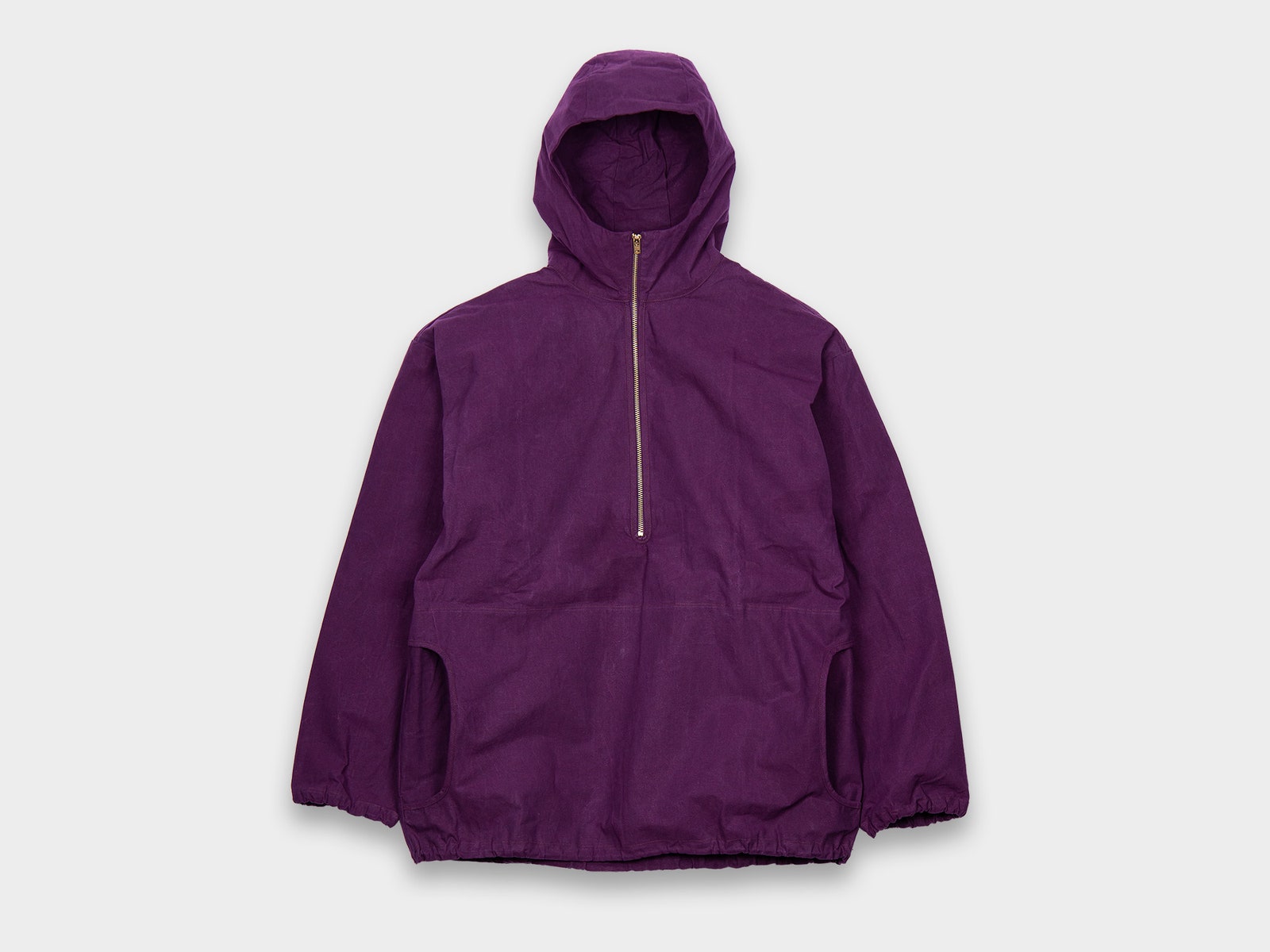The most important thing about clothes is—undeniably, unequivocally, unsurprisingly—comfort. That’s it. If something is uncomfortable, you’re going to take it off and never put it on again. Comfort is king. Even
the most avant-garde, provocative, innovative, whacked-the-fuck-out clothes in the most rarefied shops in the world—they’re nothing but decoration if they aren’t comfortable. And here in the esteemed halls of GQ, we are not interested in decoration.
Of course, comfort is highly subjective. To be comfortable is to be at ease, free of pain or constraint. Whatever gets you there is your trip. But, increasingly, I find that comfort is being conflated with softness, which is a mistake, because: Soft clothes are not good. Brands that sell sweatclothes may want you to think differently, but they are not the future of fashion. Those cotton-poly-blend rags, brushed and enzyme-bathed into wearable dryer lint—that stuff is bad for you, and bad for the planet. Perhaps worst of all, it is not comfortable, even if it wants you to think that it is. Chemically enhanced sweats and petroleum-based fleeces are cheap thrills for your skin, but, like a saccharine-sweet dessert that makes you ill after a couple bites, they are not ultimately satisfying for the body or soul.
Let me suggest something controversial: Hard clothes are better. Clothes with texture and structure and weight are better. Clothes that make you aware that you are wearing them, that’s what I like—natural fibers that itch a little, dense fabrics with a calming heft, a dry, crisp hand. This is the stuff you find at the hardware store, sure, but it’s being made by some of the best, most thoughtful designers in the world too—designers who share my affinity for clothes that do more than coddle you during sensitive times.
Leading the hard-clothes charge is the Perth-based label Man-tle, launched by husband-and-wife team Larz Harry and Aida Kim in 2016. The two met in Tokyo while working for Comme Des Garçons—Harry doing various marketing duties for Dover Street Market, and Kim working one-on-one with Rei Kawakubo on the development of the CdG Black collection. That experience, working with “very precious garments,” most of which you can’t put in a washing machine, says Harry, led them to develop a range of shirts and pants that could withstand anything—including western Australia’s notoriously brutal climes.
A perfectly crunchy pullover from Man-tle.
Man-tle“We wanted to make something that lasts a long time and transcends style and fashion, and was classic but felt surprising to touch,” Harry says. If possible, I implore you to go to your local Man-tle dealer—CHCM in New York City, Meridian in Hudson, Departamento in Los Angeles, Neighbor in Vancouver—to touch these garments. If nothing else, you will be surprised. Man-tle’s simple shirts and pants, made from stuff like high-density waxed chambray and heat-treated compressed nylon, feel like they could stop a bullet.

